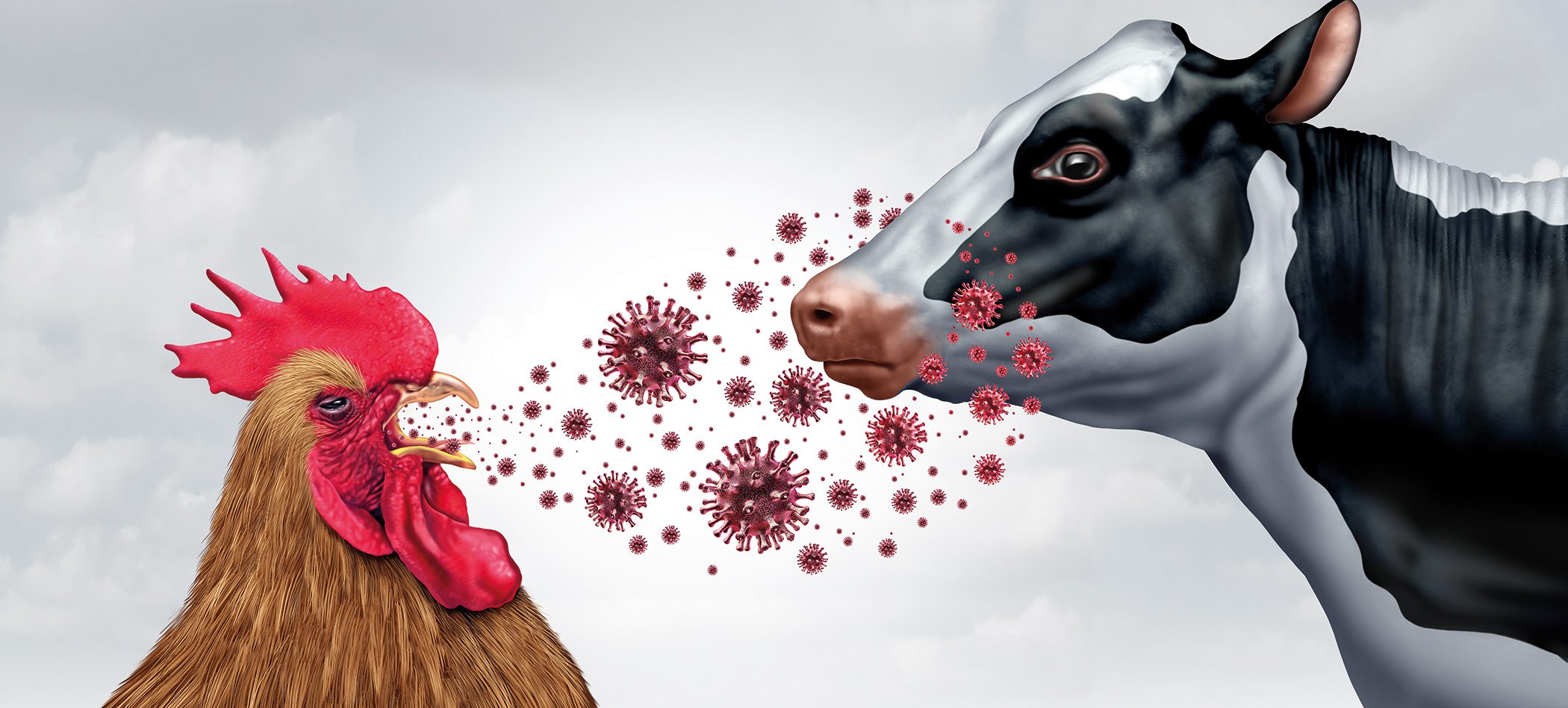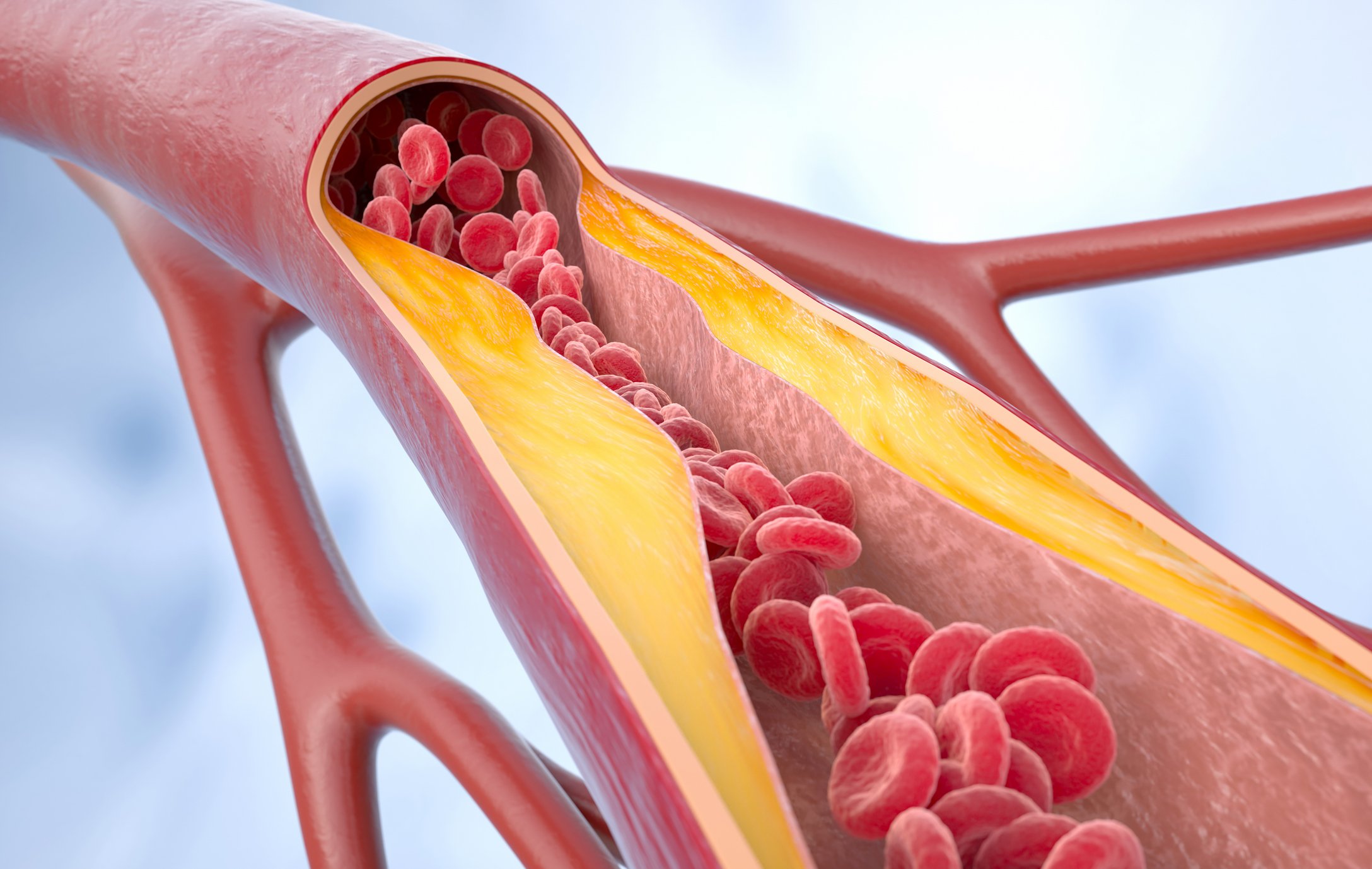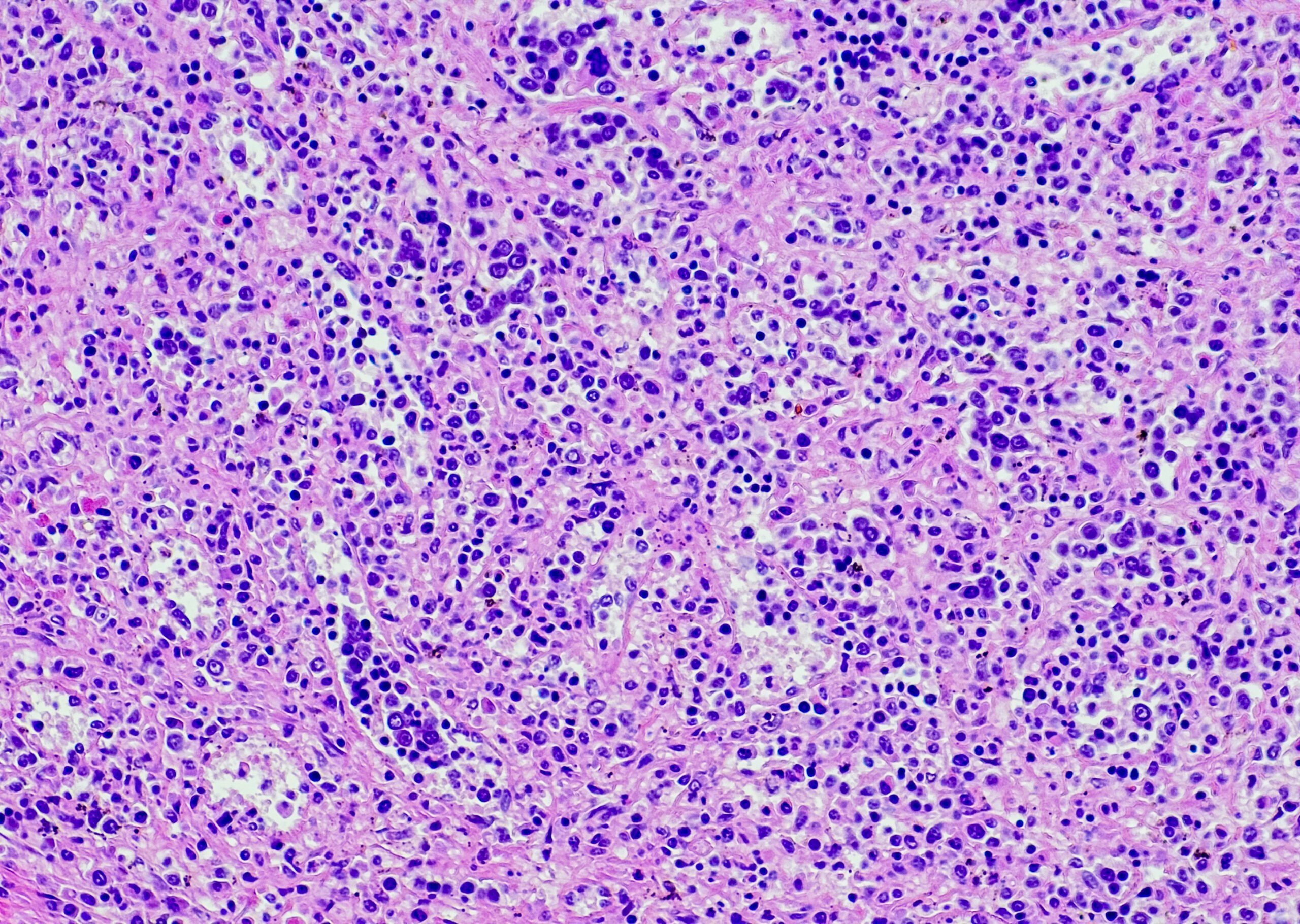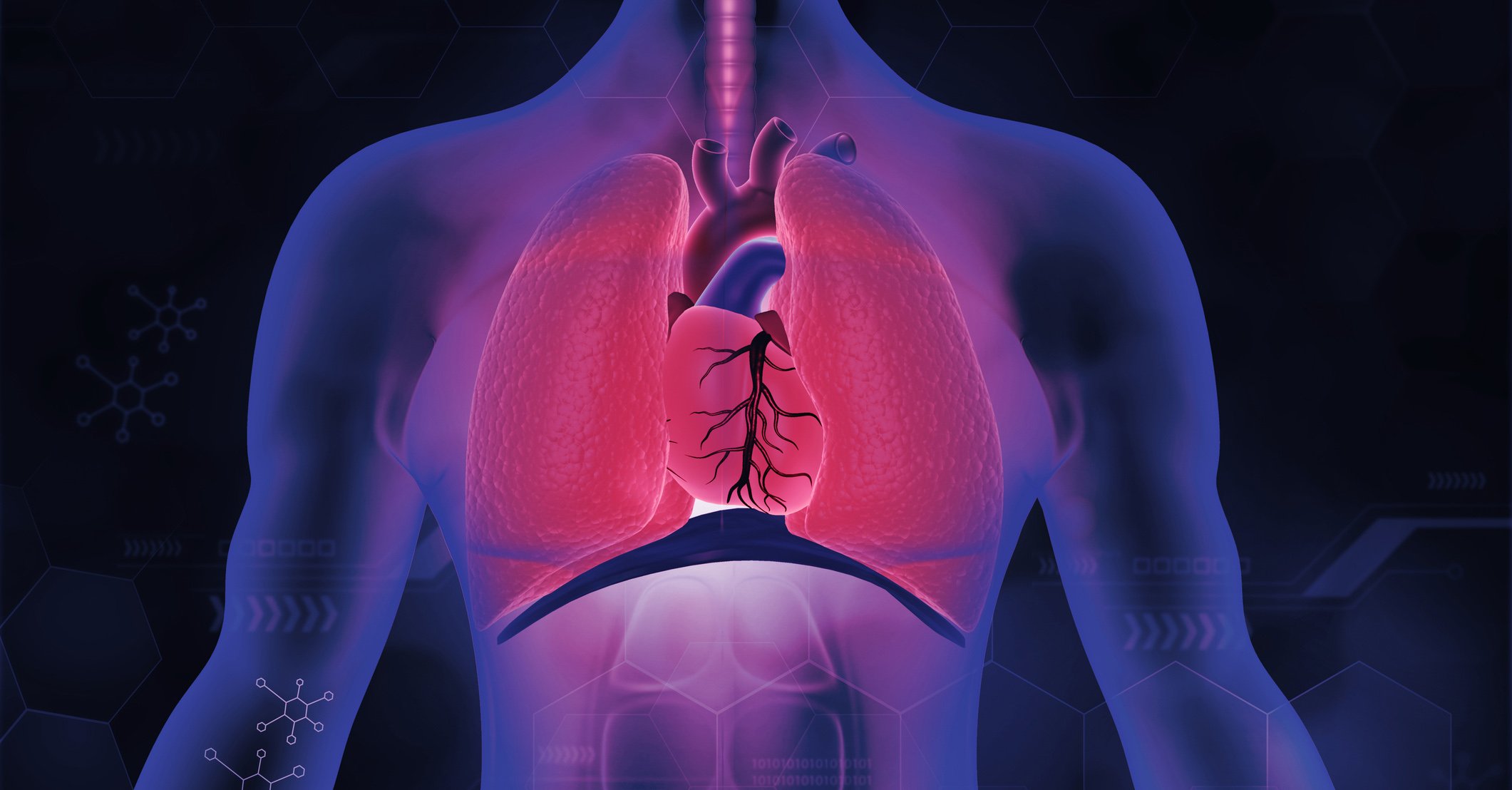In recent years, more and more infections with the H5N1 influenza A virus have been detected in mammals. Humans are also at risk, and therefore fear of this highly pathogenic avian influenza virus is growing. In 2024, A(H5N1) viruses have caused widespread infections in dairy cows and poultry in the United States, with a few cases in humans.
Autoren
- Jens Dehn
Publikation
- InFo PNEUMOLOGIE & ALLERGOLOGIE
- HAUSARZT PRAXIS
Related Topics
You May Also Like
- HER2-positive breast cancer
ENPP1 as a biomarker for poor prognosis and early detection of brain metastases
- Update 2025
Hypercholesterolemia
- GPP: from molecular principles to targeted therapy
Therapeutic rationale for targeted IL-36 receptor inhibition
- HFpEF 2025
Precision medicine and phenotypes
- Myelofibrosis
New treatment options for myelofibrosis patients with a high risk of anemia?
- Chronic insomnia in adults: Guideline recommendations
CBT-i as first choice – pharmacotherapy as secondary intervention
- Pulmonary hypertension
PH and lung diseases
- COPD therapy











